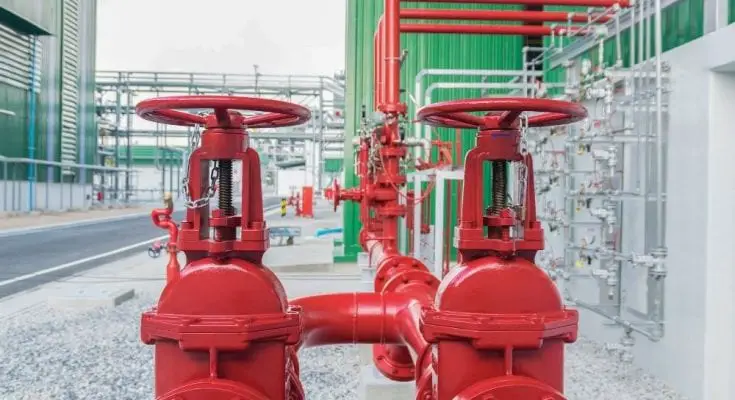Your backflow prevention device is what keeps water from flowing backward through the plumbing system. If the water were to flow back inside your system, it could be contaminated. Changes in pressure inside the pipes can cause water to flow in reverse. That’s why your backflow prevention device is such a crucial piece of equipment. Performing routine inspections of your backflow preventer is also necessary, because time and constant use can lead to issues with your device. Here are the most common errors found in backflow prevention.
A Faulty First Check Valve
The first check valve is set to open at particular water pressures. That allows the water to pressurize the gap between the first and second valves. A functioning first check valve only opens when the pressure reaches 2.0 psi. If your check valve is opening at lower pressures, you know it’s faulty. Either repair or replace the check valve to resolve the issue. If you let the check valve remain faulty, your entire device could fail.
A Faulty Second Check Valve
When inspecting your second check valve, you need to look for back pressure. That’s because water can leak past the second check valve if the back pressure is too great. As a result, your device will fail, and water will leak back into the area between the check valves.
The Backflow Device Is Higher Than Five Feet
As a universal rule, your backflow prevention device needs to be lower than five feet from the ground. That will allow for:
- Field testing
- Maintenance
- Repairs
If your preventer is higher than five feet, the height can impair its effectiveness. You’ll also have a more challenging time performing maintenance and repairs. If you find that your preventer is above five feet high, lower it as soon as you can.
The Relief Valve Is Too High
A valve that’s set up too high is another issue you can encounter during an inspection. When the water enters the relief valve, it enters a sensing line. That brings the water to an elastic element that builds up pressure. The pressure then compresses a spring, which moves the relief valve disc to block the seal.
A few things can go wrong here. They include:
- One of the components doesn’t embed itself correctly
- Other issues with internal components and parts
If you find that your relief valve is too high, you need to correct it as soon as possible.
Those are the most common errors found in backflow prevention. We hope you can use this guide to help you the next time you’re inspecting your preventers.



